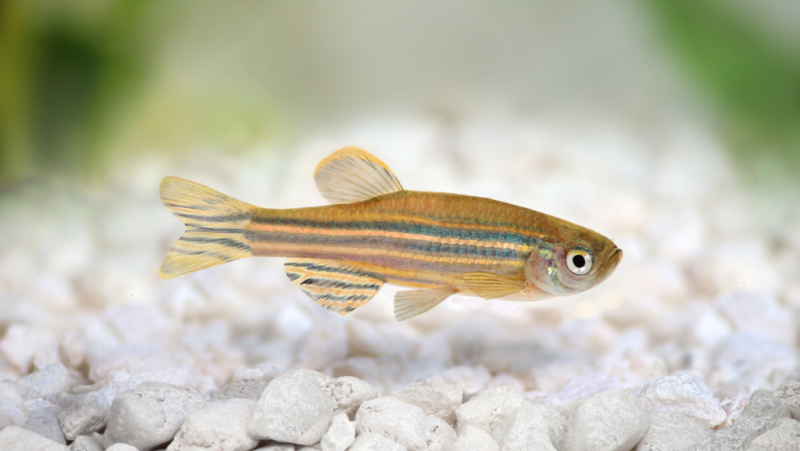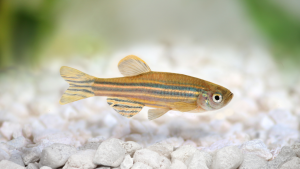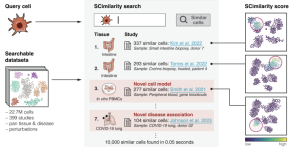Regrowing teeth? Two Manitoba scientists draw inspiration from tropical fish’s regenerative abilities

Tropical fish have remarkable biological features: they grow and shed multiple sets of teeth over their lifetimes and regenerate tissue following injury.
This is why the University of Manitoba (UM) officially opened its $2.5-million Rady Biomedical Fish Facility on Monday, located in the Rady Faculty of Health Sciences, to advance research into these capabilities.
“About 70 per cent of [fish] genes are the same as human genes,” said Dr. Benjamin Lindsey, an assistant professor of human anatomy and cell science at the Max Rady College of Medicine.
The facility, housed in the basement of the Chown Building, is equipped with state-of-the-art tools to study two freshwater species: zebrafish and Mexican tetra fish. It currently holds about 2,000 zebrafish and 250 Mexican tetras, maintained in a high-tech multi-rack system that automatically regulates water quality.
Only researcher in Canada using Mexican tetras
Dr. Devi Atukorallaya, an associate professor of oral biology at the Dr. Gerald Niznick College of Dentistry, is the only researcher in Canada using Mexican tetras for biomedical research. She investigates skull and facial development in human embryos using zebrafish and Mexican tetra fish embryos, which are transparent.
“Under the microscope, I can study how bones, teeth, organs, and sensory systems develop. This helps us understand human congenital malformations, such as cleft palate,” Atukorallaya said.
The Mexican tetra species offers additional genetic insights due to its two evolutionary types: surface-dwelling fish with eyes and pale-coloured cave fish without eyes, adapted to living in darkness. Atukorallaya has pioneered research by exposing fish eggs to alcohol, studying tooth and tastebud abnormalities corresponding to fetal alcohol spectrum disorder in humans.

Zebrafish’s perk: Regenerative tissue
Lindsey, a neuroscientist, is one of a few Canadian researchers using zebrafish to study brain and spinal cord injuries.
“The neural stem cells in zebrafish are very good at regenerating tissue after trauma. If we can discover how they do this, it could one day lead to treatments for humans with brain injuries or neurodegenerative diseases, such as Parkinson’s,” Lindsey said.








